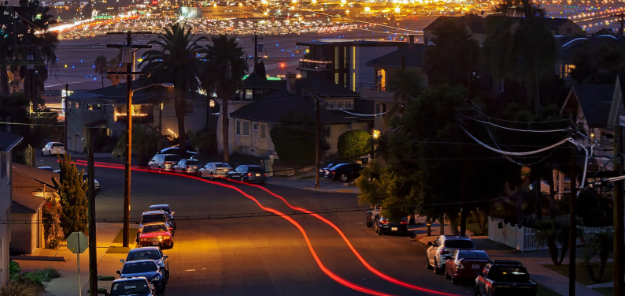Mobile carriers don’t redline neighborhoods or communities on the basis of income levels. That declaration is the latest present to go under the Senate Bill 649 christmas tree as it nears a final decision in the state legislature. The primary aim of the bill is to give wireless companies open access to street light poles and other “vertical infrastructure” owned by cities and counties in California, at below market rates.
New language tightening up definitions was added to SB 649 in preparation for a floor vote by the California assembly. Some of the bill’s benefits will only be available to licensed mobile carriers, rather than any wireless Internet service provider that comes along, and it further narrows the ability of local governments to restrict cell site construction on aesthetic grounds.
To justify these gifts to the mobile industry, lawmakers included language praising mobile carriers…
The Legislature further finds and declares that wireless service providers deploy small cells to areas based on demand for services regardless of the income characteristics of the areas, that this act will complement efforts to close the digital divide by creating a framework that will incentivize private industry to invest or accelerate investment in the deployment of small cells, and that this act will complement current state and federal government efforts to subsidize the deployment of broadband.
There are a couple of problems with this statement. It’s microeconomic nonsense to say that demand isn’t connected to income levels. So if lower income levels lead to lower demand in a given area, then mobile carriers won’t improve service: less income = less demand = less infrastructure investment.
It also ignores the fact that, in addition to being a mobile carrier, AT&T is also by far the largest traditional telco in California and, according to a U.C. Berkeley study, it does redline wireline customers in poorer communities. AT&T’s solution is to replace ageing wireline networks with low capacity wireless systems, while upgrading to fiber in high potential neighborhoods. That will be a digital divide that the California legislature will never be able to close, even if it wanted to try.

